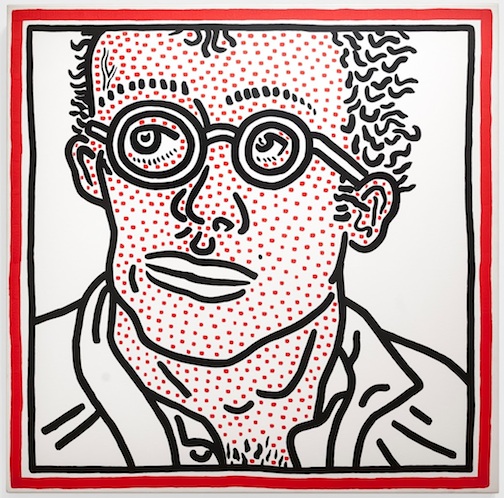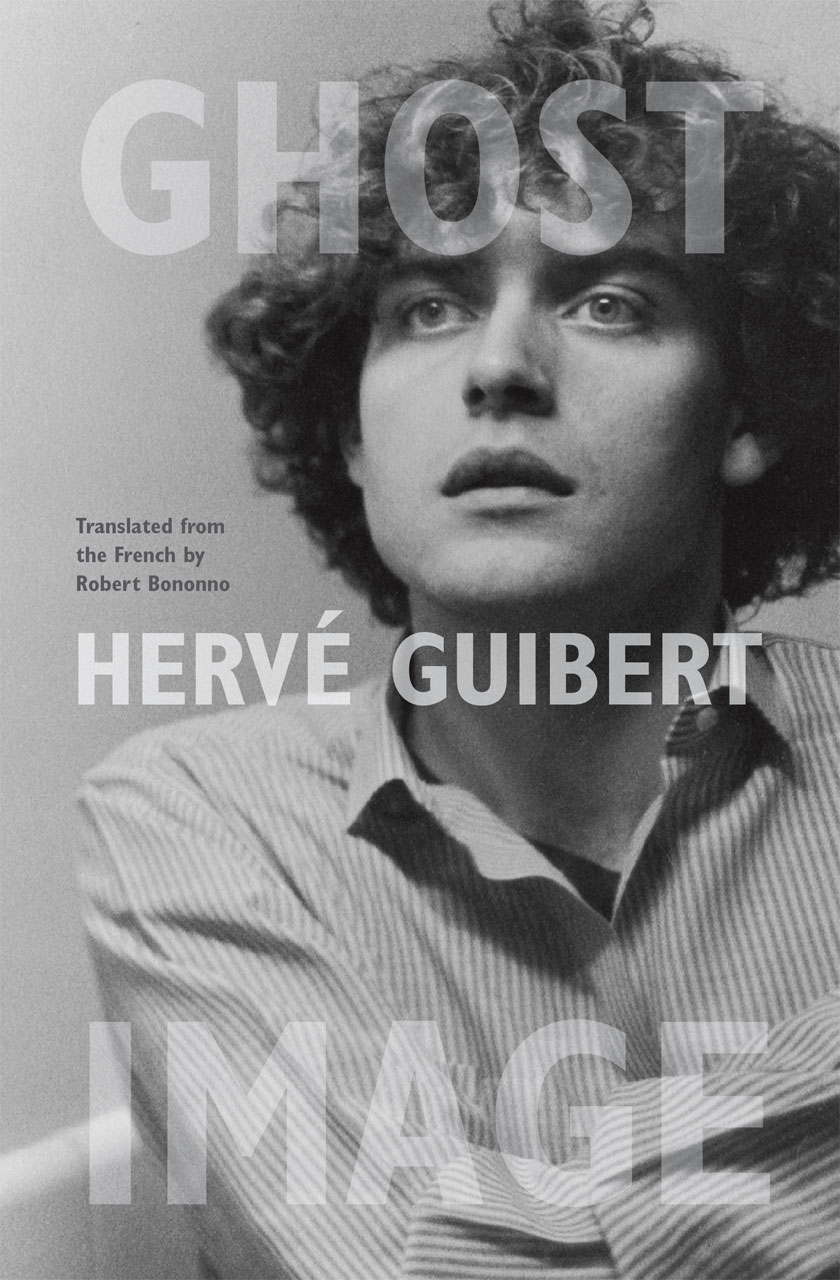THIS YEAR marks the 110th anniversary of the birth of William Pahlmann, an internationally acclaimed interior designer who beautified numerous public and private spaces and made a uniquely gay contribution to the U.S. war effort in World War II.
Pahlmann was born on December 12, 1900, and grew up in San Antonio, Texas, where he graduated from the Old Main Avenue High School and then from the Parsons School of Design in New York City and Paris. He embarked on his professional career as an interior designer as chief executive of the interior design department and buyer of antique objects for Lord & Taylor. During the 1930’s, he launched his concept of model rooms to provide additional merchandise display and emphasized the value of conceptual planning of interiors. These distinguished model rooms achieved the reputation of art exhibitions and attracted an international following. Pahlmann led the movement to integrate antiques into modern living arrangements and is considered the founder of the Eclectic School in Interior Design.
At the outbreak of World War II, Pahlmann accepted a commission in the Army Air Force, where he served throughout the war in various duty posts, emerging as a lieutenant colonel. In one of his duty stations during the War, he served as the director of camouflage school in St. Louis, Missouri, and in South Carolina. During this time he developed ideas about how to architecturally disguise locations by building false architectural exteriors. Netting and the patterns used on combat uniforms were also redesigned for modern warfare. The camouflage design that we know and love today is attributed to William Pahlmann. Each terrain required a different design.
It seems only natural that camouflage would come to be designed by a gay man, since we’ve all had to camouflage our gayness when growing up in a straight world. This contribution takes on special significance today, as we debate the “Don’t ask, don’t tell” policy, and we listen to the military’s reasons for not lifting the ban on openly gay and lesbian service. Doubtless few are aware that the camouflage design we see today on our military personnel owes its success to a gay San Antonio designer who served in the military.
After the War, Pahlmann worked as the interior design and decoration editor for Harper’s Bazaar, and contributed to the syndicated column “A Matter Of Taste.” He then formed William Pahlmann Associates in New York, which he headed until his retirement in 1977. Throughout his career, he received numerous awards and citations for excellence in design. He was made a Fellow of the American Society of Interior Designers and was honored with the prestigious Elsie De Wolfe Award. In 1979, he received the Designer of Distinction Award for lifetime achievement.
Pahlmann designed the interiors of many of the best-known stores and hotels in the country. He not only designed the exhibition rooms for Lord & Taylor but also interiors for Bonwit Teller, the Matchabelli Crown Room, the Henry Morgan Company Ltd., the Overseas Press Club, and private homes in the U.S., Canada, Cuba, and the Dominican Republic. The list also includes the interiors of the Lombardy Hotel, the Ziegfield Theatre, the Carnival Room of the Sherry-Netherlands Hotel, the Billy Rose home, the John Wanamaker Cross Country Store, and the Students Activities Building at the University of South Carolina. Seven buildings at Texas A&M have interiors that he designed, as was the Pahlmann Research Library at the A&M Architectural School, to which he bequeathed his books. (His papers and journals were left to the Henry Francis du Pont Winterthur Museum in Winterthur, Delaware.)
Pahlmann originated many widely popular styles, such as the oversized cocktail table, the double and triple chest, the double headboard, and mobile furniture on rubber-tired casters. His “Hastings Square” contemporary furniture is sold all over the country. He also designed fabrics, carpets, and bedspreads, and served as president and chairman of the board of the New York Chapter of the American Institute of Decorators. Pahlmann wrote The William Pahlmann Book of Interior Design (1955), which covers every room in the house from the powder room to the patio. He did not include a chapter on “the closet,” but it was a space, metaphorically speaking, that he had to occupy in the 1930’s, 40’s and 50’s.
Pahlmann died at the age of 86 on November 8, 1987, in Guadalajara, Mexico. He always maintained a residence on the San Antonio River, near the Alamo, as well as homes in New York City and Mexico. He was survived by Jack Conners, his partner of thirty years.
Gene Elder is an arts activist and the director of the Happy Foundation, a GLBT history archives in San Antonio, Texas.





